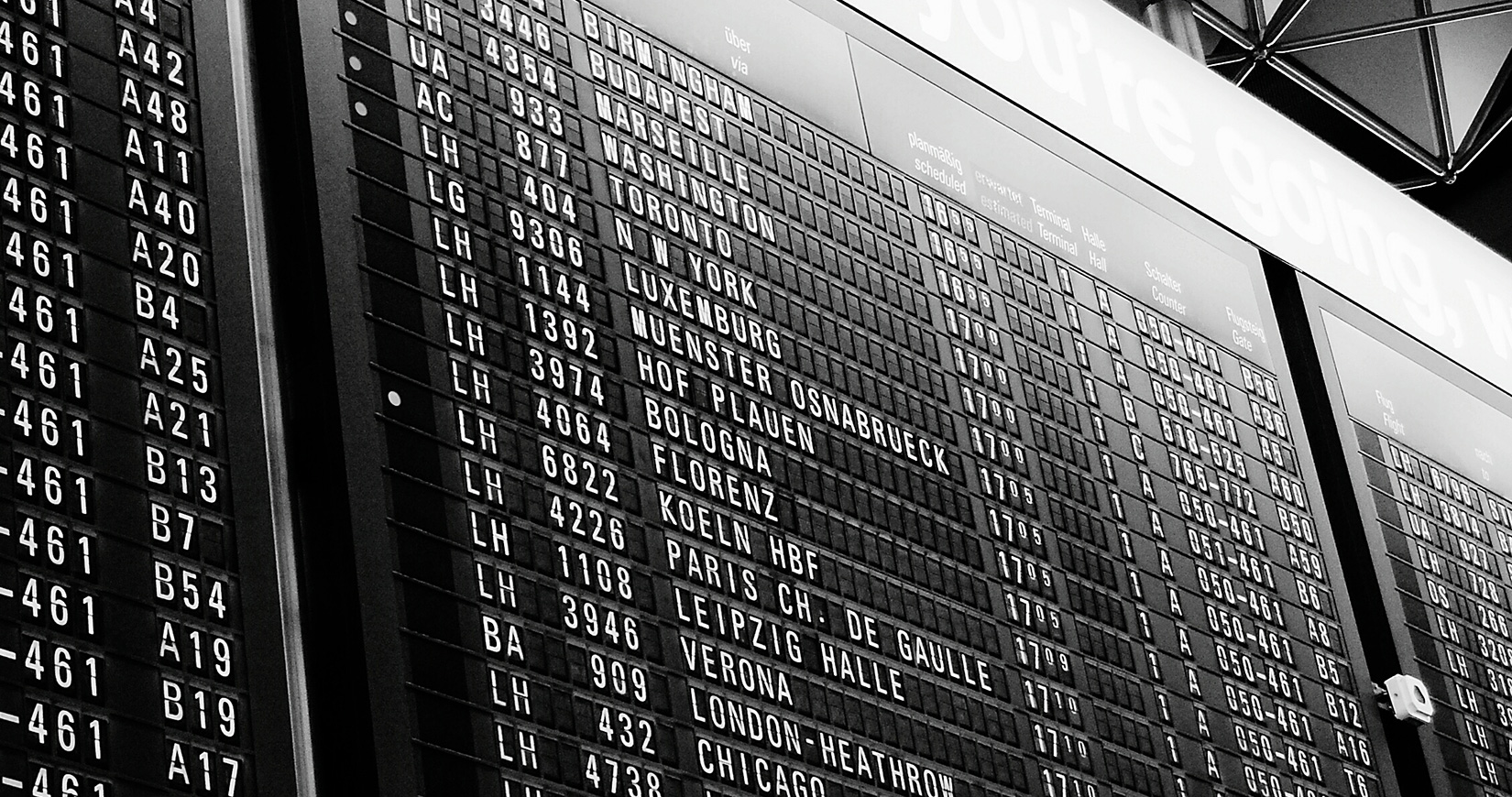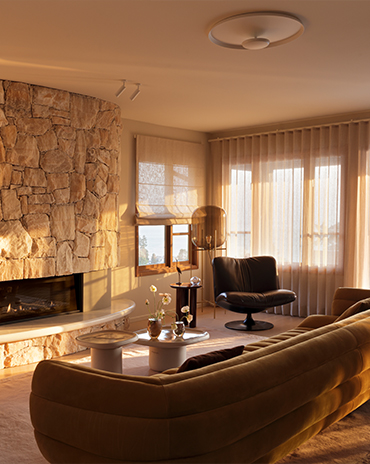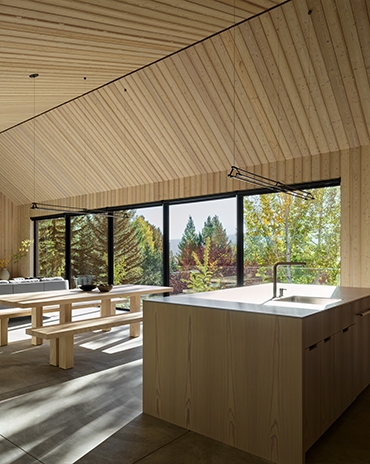Copyright © 2025 Motivate Media Group. All rights reserved.
The split-flap display: clear, quick and stylish
We take a nostalgic look at an icon that is enjoying a resurgence in popularity.

This piece was originally published in the April 2020 issue, which you can read for free here.
Icons are usually the result of intelligent design being used to meet a specific need. That’s certainly true of the split-flap display.
The display was invented shortly after World War II and put into production by the long-established Italian company Solari.
It originally comprised four flaps of ten digits – sufficient to show time information. When its design was evolved to incorporate 40 flaps, it could show words as well as numbers. This made it ideal for displaying constantly updated public transport information in airports and railway stations.
In 1956 Solari created the world’s first ‘information viewing system’ in Belgium’s Liegi train station. The system was then widely adopted around the world, and regularly referred to as the ‘Solari board’.
The system’s rapid mechanical movement and ‘click-clack’ sound epitomised the excitement – and sometimes frustration – of travel. The displays have also regularly played important roles in numerous films and TV shows, illustrating pivotal moments.
The design of the ‘Solari board’ was awarded the prestigious Compasso D’Oro award shortly before the first example was sold.
A resurgence in popularity
The split-flap display has largely been replaced by dot matrix and LED displays. However, a desire for more visceral experiences means it is enjoying a renaissance – in restaurants, hotels and museums.
Its legacy lives on even in some of its successors. The new LED replacements at Boston’s stations emit an electronically generated flapping noise to alert passengers to train boarding updates.
The split-flap display is representative of a golden age of travel. It has played an invaluable role in helping countless people keep appointments and reach their destinations.
The Latest
Things to Covet in June 2025
Elevate your spaces with a pop of colour through these unique pieces
Designing Spaces with Purpose and Passion
We interview Andrea Savage from A Life By Design – Living & Branding on creating aesthetically beautiful and deeply functional spaces
Craft and Finesse
EMKAY delivers a bold and intricate fit-out by transforming a 1,800 sqm space into SUSHISAMBA Abu Dhabi, a vibrant multi-level dining experience
An Impressive Entrance
The Synua Wall System by Oikos offers modularity and style
Drifting into Summer
Perennials unveils the Sun Kissed collection for 2025
The Fold
Architect Rabih Geha’s collaboration with Iwan Maktabi
From Floorplans to Foodscapes
For Ayesha Erkin, architecture was never just about buildings, but about how people live, eat, gather and remember
Between Sea and Sky
Cycladic heritage, heartfelt hospitality and contemporary design converge on Deos Mykonos, designed by GM Architects
A Fresh Take on ’70s Style
Curved shapes and colourful artworks bring vibrancy to this contemporary home with mesmerising nature views
Into the Woods
Perched among the treetops, this serene home’s permanent connection to nature invites dwellers to unplug and unwind
A New Chapter for Dubai – Jebel Ali Racecourse
A.R.M. Holding and BIG unveil visionary masterplan around Jebel Ali Racecourse
















